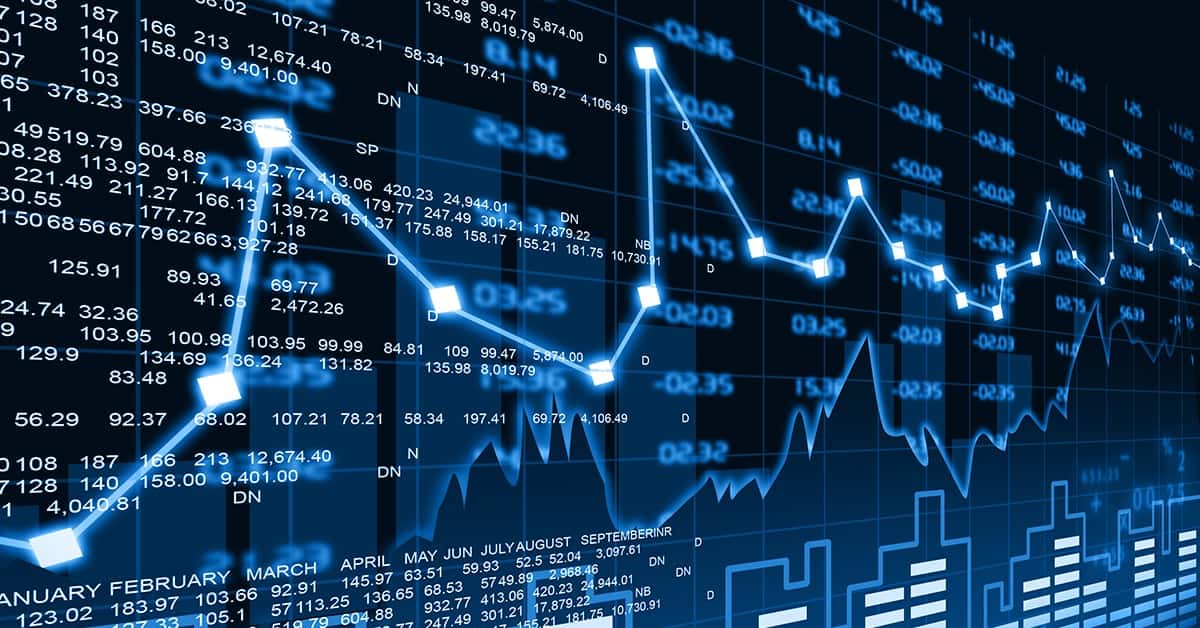Sticky inflation, interest rate hikes, and Russia’s ongoing war in Ukraine are among the factors that will continue to chill IPO prospects.

When Romanian energy producer Hidroelectrica began trading on the Bucharest Stock Exchange July 12, Energy Minister Sebastian Burduja dubbed it a “historic success.” The initial public offering (IPO) of 104 lei (about $23) per share was Europe’s largest since Porsche began publicly trading at €82.50 per share in September 2022.
Days earlier, Thyssenkrupp Nucera, Thyssenkrupp’s hydrogen division, began trading on the Frankfurt börse at €20.20 (about $23) per share.
Yet, the IPO market remains tepid at best. In June, soda ash producer WE Soda blamed “extreme investor caution in London” when it canceled its planned $7.5 billion listing, which would have been the largest IPO in the UK this year. Meanwhile, British fintech CAB Payments has been on a decline since its first day of trading on July 6. That same week, investment broker Numis published a bleak diagnosis for the remainder of the year, warning of an “effective closure” of the UK’s IPO market.
The scenario is in stark contrast to Hidroelectrica’s placement, which was oversubscribed multiple times, with 80% of shares going to institutional investors. “As a general matter, I don’t think it’s fair to gauge the health of the IPO market off of one deal being oversubscribed,” says Carl Niedbala, COO at Founder Shield, a firm that services high-growth companies that plan to go public. “We’re still battling some factors that work against the IPO market.”
Sticky inflation, interest rate hikes, and Russia’s ongoing war in Ukraine are among the factors that will continue to chill IPO prospects, he predicts.
“It’s still not a ‘great’ time to IPO, even given the slight lift we’ve seen in the IPO market in the last quarter,” Niedbala adds. Across the globe, there were 310 IPOs during the second quarter of this year—a 3% year-over-year decline. Proceeds totaled just $39 billion—a decline of 5%.



